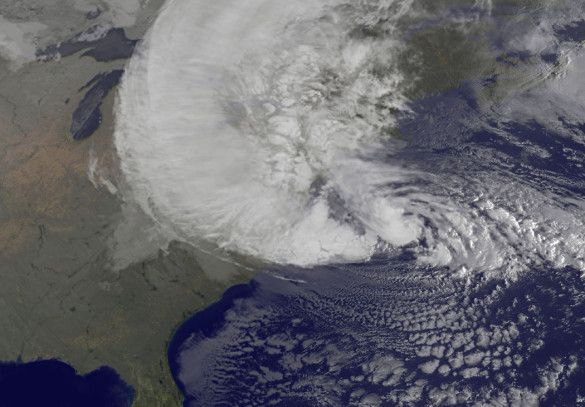City Council Passes New Building Codes For Storm Resiliency

The New York City Council passed new building code laws last week in an effort to make structures more resilient should another natural catastrophe like Superstorm Sandy strike again.
The New York Times laid out the details of the new building code laws in their report:
One change requires residential buildings five stories or higher to add faucets in common areas like laundry rooms so that residents on higher floors have some access to water for drinking, flushing toilets and other uses. Upper floors lose water when electric pumps stop working during blackouts, a problem that worsened conditions and forced many people out of their buildings after the hurricane.
The requirement applies immediately to new residential construction, while existing buildings have eight years to add the fixtures…
Another piece of legislation requires new and existing hospitals and nursing homes in flood zones to install hookups that would enable quick connection to temporary generators and boilers so that such facilities can maintain electricity and heating when the power is out. The law requiring the hookups is effective immediately for new buildings, but gives existing buildings 20 years to comply.
Another new law makes it easier to install backup generators and generators that run on natural gas, which is considered a cleaner and more reliable source of power than diesel fuel. And a fourth law allows temporary flood barriers on sidewalks.
Russell Unger, who chaired the task force charged with providing the Council with recommendations, spoke to the overall singular goal of the new laws.
“It will make it much more possible to stay in a large building for an extended period without power,” Unger told the Times.




